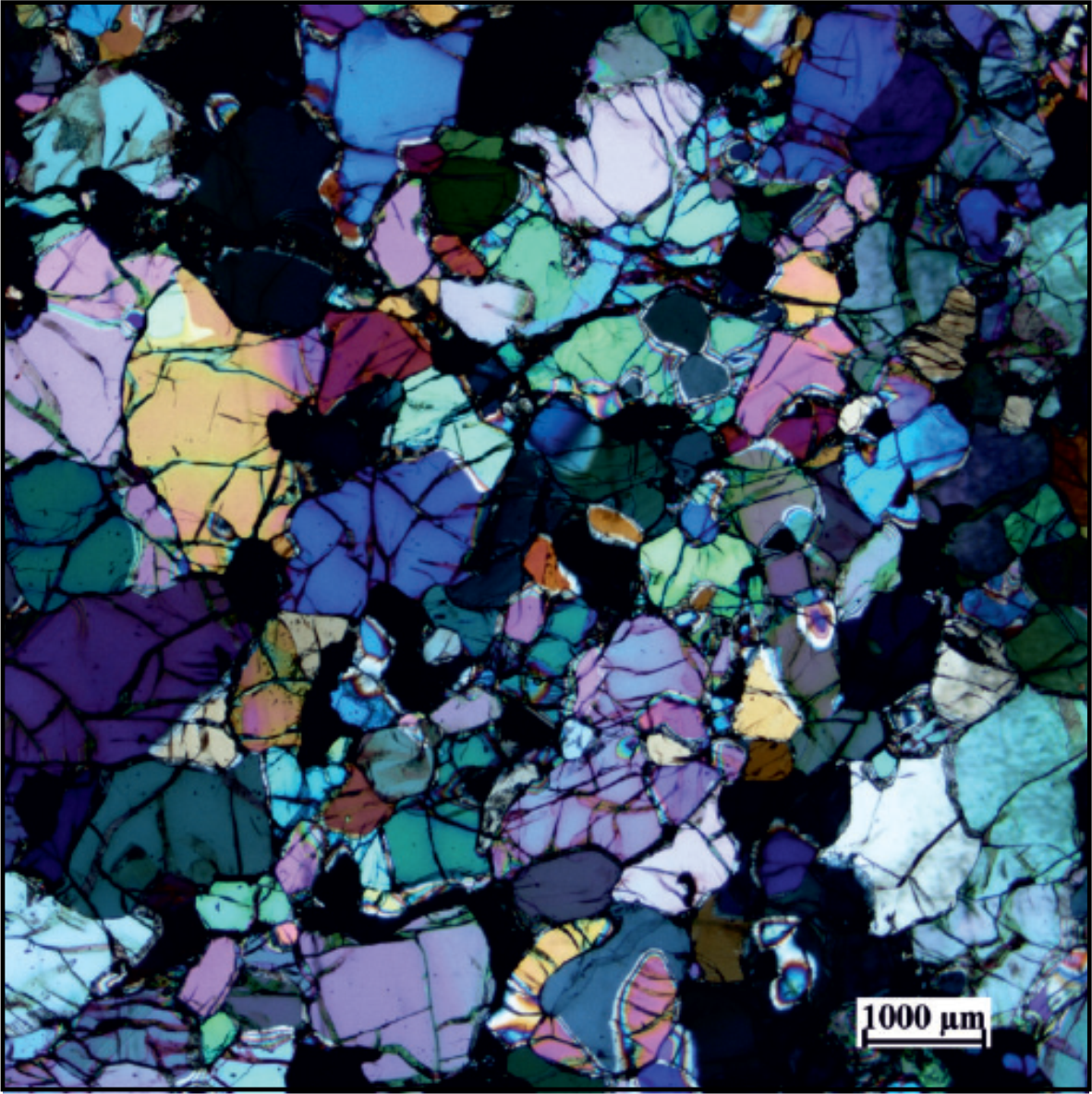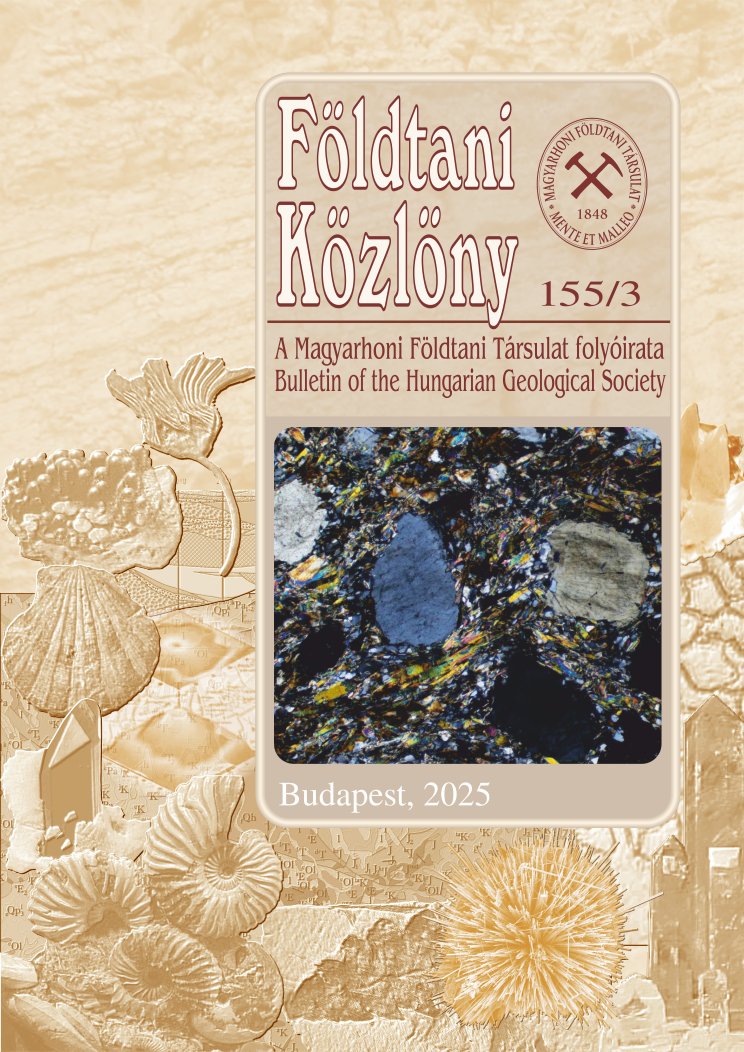From the birth of the igneous petrography to the quantitative petrology – A tribute to Csaba Szabó’s scientific and teaching work
Abstract
Csaba Szabó, as a member of the Department of Petrology and Geochemistry at the Eötvös Loránd University, Budapest has carried on the professional legacy of József Szabó and Béla Mauritz and has played a significant role in maintaining and strengthening the field of igneous petrology in Hungary. He taught his students not only the principles of microscopic petrology and petrography, and later geochemistry, but he also delivered them the motivation towards discovery and applied research. He founded the Lithosphere Research Group (LRG) in 1998, later renamed the Lithosphere Fluid Research Laboratory, from where a number of talented scientists have come out and become successful, awarded by prestigious grants such as Lendület and ERC funds. The following brief scientific summary is a tribute to Csaba Szabó’s excellent work as a teacher and scientist. The preparation of the first thin sections, the construction of the first polarisation microscope enabled to get a detailed insight into the structure of igneous rocks and the formation of petrography, a new viable research tool. With the advance of the instrumental analytical techniques, petrography has been integrated with geochemical studies, thermodynamics and experimental petrology, ultimately leading to the birth of the quantitative petrology. Using this novel discipline, new ideas have been developed on how magma evolves, as well as a paradigm shift occurred concerning the nature of subvolcanic magma reservoirs. The volcano petrology enables a better reconstruction of the processes taking place in the transcrustal magma reservoirs, including the timescale led to the reactivation of non-eruptible crystal mush, causing rapid volcanic eruptions. The quantitative petrology has provided a better understanding of the evolution of the mantle and the crust, involving why and how volcanoes work. Currently, quantitative petrology serves important contribution to society such as in the improvement of natural hazard monitoring, forecast and assessment, which save human lives and properties.
















